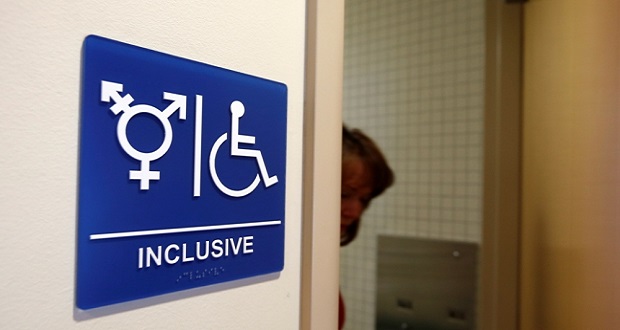
Diversity, equity, and inclusion work is ever-evolving. When mapping the evolution of this work in our sessions, we often point to its roots in compliance and affirmative action work—what some would describe as a “check the box” approach to increasing the representation of people of color and women within organizations. The work then evolved into an approach grounded in fostering unity and appreciation for differences so that “we all could get along.” Then, there was (and still remains) the emphasis on the “business case.” Because certainly, “diversity is more than just ‘checking the box’ and ‘appreciating differences;’ it’s also requisite to innovation and organizational success.”
Today, we’re experiencing diversity and inclusion work evolve and converge with social justice. Sure, the business case and representation aspects remain relevant, but our global, social, and political state of affairs call for intentional efforts and focus on equity and justice both, within and beyond our organizations. This has required new skills and emphasis on new competencies, in addition to the need to understand the theoretical and sociological underpinnings of this work—identity, intersectionality, levels of system, power.
Our global, social, and political state of affairs call for intentional efforts and focus on equity and justice both, within and beyond our organizations. Click To TweetThese concepts and principles certainly are not new; many academic and social justice spaces would consider them critical pillars of their work and lexicon. But as we’ve observed in many “corporate” spaces, these “theories” can be perceived as too “high-level,” or “academic,” and lacking practicality. We’ve used The Inclusion Solution as a medium to take deep dives into many of these concepts and explored them in our learning experiences. Nonetheless, we’re often met with the question: What do I do with this now?
Over the next few weeks, we’re going to get practical. We’re going to be answering the question, “What can I do now?” in the context of different organizational functions, norms, and processes. We’ll be leveraging what we know in theory to identify concrete ways that we can lead and live inclusively in how we communicate and the language we use, how we plan meetings or events, how we approach learning and development, and how we evaluate and establish metrics.
Over the next few weeks, we’re going to get practical. We’re going to be answering the question, “What can I do now?” in the context of different organizational functions, norms, and processes. Click To TweetInasmuch as we must have a strong understanding of the concepts and theories that explain many of the areas of opportunity that remain and complexities that exist within diversity, equity, and inclusion work; we must also be empowered to do something with that. A significant part of this work is about creating paradigm shifts. It’s also about empowering self and others to act—all in service of equity, justice, and inclusion.That’s our goal. That’s our mission.
That said, let’s get practical…


















